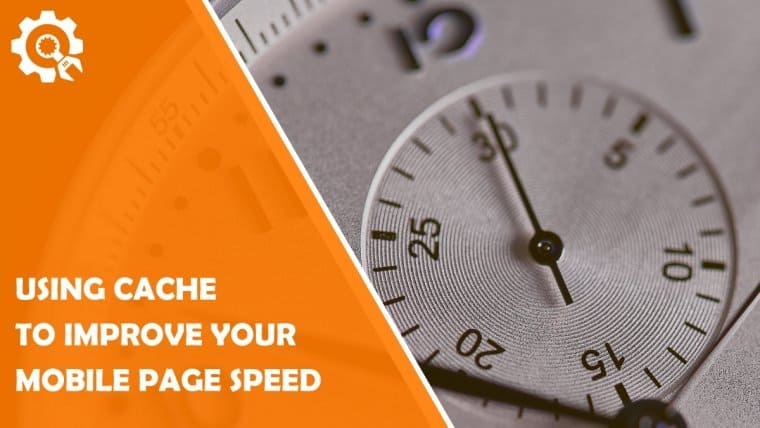I wanted to show you today why a mobile cache is so important.
However, failing to have one doubled my mobile page load speed and led to a temporary decrease in rankings. That is before I fixed it and doubled my client’s traffic in the opposite direction.
Separate mobile Cache
The biggest bang for your buck, as far as optimizing your WordPress site, is in many cases going to be caching it.
The idea behind it is: Rather than having WordPress do a hundred and one database queries to generate your page dynamically every time, a cache takes a snapshot of your page and stores it in a separate file. It serves the static version of this page rather than the dynamic version of your site in the future. So no more database queries and everything is loaded much faster.
Whenever you hear of WordPress speed plugins keep in mind that this is the main thing they do.
However, while this is what most people look for and activate on their site, they sometimes make the mistake of not activating the separate mobile cache and this becomes a problem.
Let’s first discuss why this is an issue.
First Things First: Google Is Now Mobile-First Indexing
Google has confirmed on my Google Search Console account (where it makes notifications to webmasters) that they are switching to mobile-first indexing.
What this means is that Google isn’t even checking what your site looks like on the desktop. Instead, when its spiders come in they come in as Mobile users (they send information to your server saying they are on mobile). So they really only get and judge your site by its mobile version.
So if the mobile version of your site is not up to scratch – then watch out.
How I accidentally doubled my Mobile Site Load Speed
So we set up a cache on the site, no more database queries. So, surely the site should be much quicker now, right?
Well, it is. For your desktop site.
However, when only one version of the cache is generated it means your website visitors get served the same site. This happens regardless of whether they are on mobile or on Desktop.
At first, I wasn’t aware this was happening – as the mobile site looked identical. What I hadn’t counted on was that the desktop version of the site had a large video in the header that was playing
This video did not load on the mobile version of the site. However, since the cache only had one version everyone received this video.
It was not visible, though. So, without checking the stats I could not see that it was dragging down the download speed and affecting the Google spiders.
You can see the video takes 7.46s to load every time someone visits the site! Not only that but they don’t even see the website on a mobile.
Remember to have a separate mobile cache!
The solution was to separate the page caches so the video wouldn’t load. Since there was a test on the video on whether to load based on what kind of device the user was using.
This dramatically improved page speed – and now the site is loading fast and traffic has doubled!
